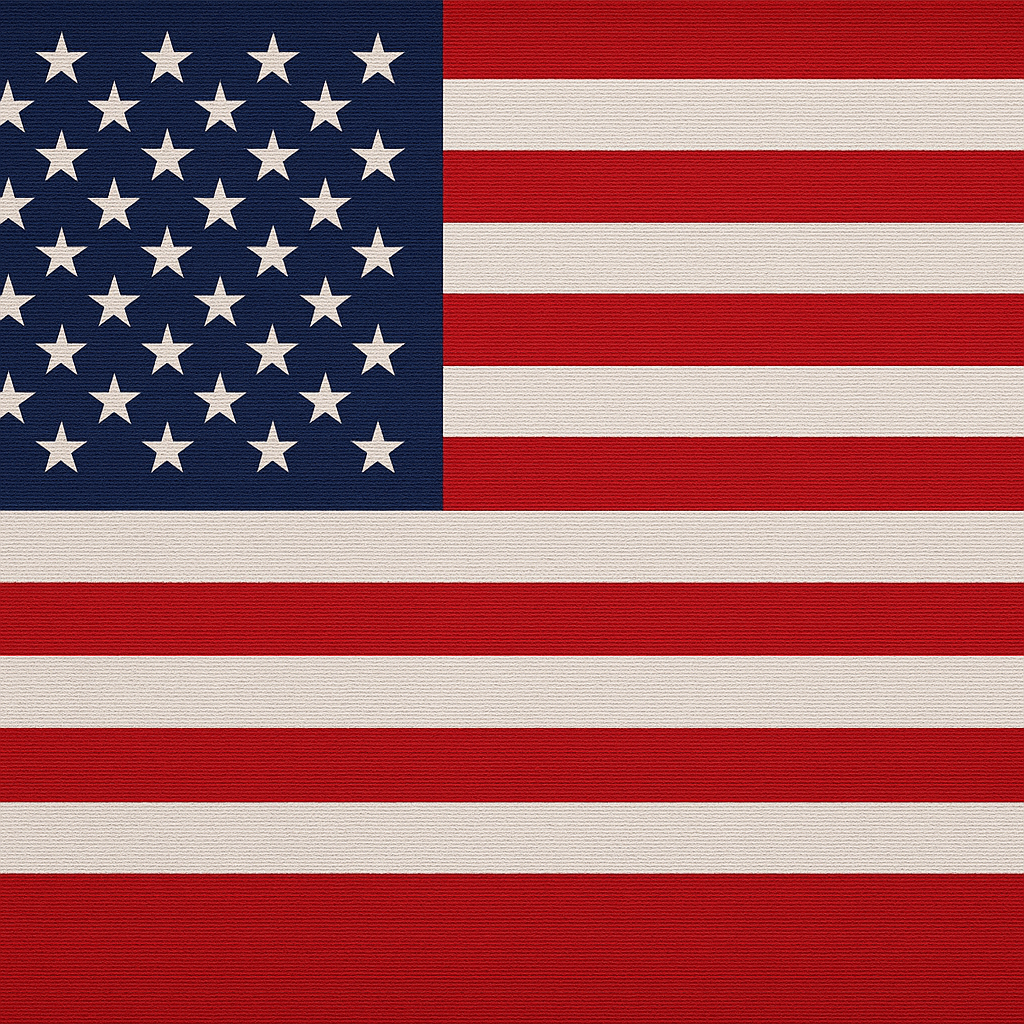One of the great travel destinations of the world, the United States of America, there are many reasons why people might want to travel to America. Some people might want to visit the United States to see iconic landmarks like the Grand Canyon, Niagara Falls, or the Statue of Liberty. Others might be interested in exploring the diverse cultures and landscapes of different regions of the country, such as the beaches of Florida, the mountains of Colorado, or the big cities on the East and West coasts. Some people might travel to America for business or work, or to visit friends or family. Others might be attracted to the country’s educational or recreational opportunities, such as studying at a top university or participating in sporting events. Ultimately, the reasons for traveling to America are as varied as the people who visit.
People migrate to America for a variety of reasons. Some people migrate to the United States in search of economic opportunities and a higher standard of living. Others may migrate to the United States to join family members who have already established themselves in the country. Some people migrate to America to escape persecution, conflict, or natural disasters in their home countries. Others may be attracted to the United States because of its political freedoms, cultural diversity, and educational opportunities. Some people migrate to America on a temporary basis, such as through a student or work visa, while others may seek to become permanent residents or citizens. The reasons for migrating to America are complex and varied, and often depend on an individual’s personal circumstances and motivations.
How to Get a Visa to the United States

The United States has one of the most diverse visa systems in the world. Whether you’re planning a short holiday, business trip, study program, or long-term stay, the process can seem complex — but it’s manageable if you know the steps.
This guide explains the main U.S. visa categories for travellers and how to apply.
1. Do You Need a Visa?
- Visa Waiver Program (VWP): Citizens of 40+ countries (including Australia, most of Europe, Japan, South Korea, Singapore) can enter the U.S. for up to 90 days for tourism or business without a visa if they apply for an ESTA online before travelling.
- Visa required: If you’re from a country not in the VWP, or you’re planning to work, study, immigrate, or stay longer than 90 days.
✅ Australians, UK, EU, and most developed countries can use the ESTA for short visits. Others need a B1/B2 or another visa.
2. The Most Common U.S. Visas
| Visa | Purpose | Stay Allowed |
|---|---|---|
| B-2 | Tourism, visiting family/friends, medical treatment | Up to 6 months |
| B-1 | Business (meetings, conferences, negotiating contracts) | Up to 6 months |
| ESTA (VWP) | Short-term tourism/business for VWP nationals | 90 days (no extension/change) |
| F-1 | Academic study at U.S. schools/universities | Length of study + OPT |
| J-1 | Exchange visitor programs (internship, research, au pair) | Length of program |
| H-1B | Specialty occupation work | Up to 3 years, renewable |
| L-1 | Intra-company transfer | 1–3 years, renewable |
| Immigrant visas (Green Card) | Permanent residence | Permanent |
3. Step-by-Step Application for a U.S. Tourist/Business Visa (B1/B2)
Step 1 — Complete the DS-160 Form Online
- Go to the official U.S. State Department site: https://ceac.state.gov/ceac.
- Fill out the DS-160 Nonimmigrant Visa Application and upload a passport-size photo (2×2 inches, white background).
Step 2 — Pay the Visa Fee
- Current fee for B1/B2 visas is USD $185 (as of 2025).
- Payment methods vary by country (credit card, bank transfer, cash deposit).
Step 3 — Schedule Your Visa Interview
- Create an account on your local U.S. Embassy/Consulate website.
- Book a slot for your visa interview (appointments can fill up months in advance).
Step 4 — Prepare Your Documents
Bring:
- Passport valid at least 6 months beyond your stay
- DS-160 confirmation page & visa fee receipt
- Appointment confirmation letter
- Photo (if not uploaded successfully)
- Travel itinerary (flight & hotel bookings, if available)
- Financial proof (bank statements, payslips)
- Evidence of ties to your home country (employment letter, property, family)
💡 Consular officers want to see you plan to return home after your visit.
Step 5 — Attend the Interview
- Be honest and concise when answering questions.
- Fingerprints will be taken.
- You may be asked about your travel purpose, ties to your home country, and finances.
Step 6 — Wait for Processing
- Most B1/B2 visas are processed in a few days to several weeks.
- You’ll receive your passport with the visa stamped inside or instructions for pickup/delivery.
4. ESTA (Electronic System for Travel Authorization) — For Visa Waiver Countries
If you’re eligible for the Visa Waiver Program:
- Apply online at https://esta.cbp.dhs.gov.
- Pay the fee (USD $21).
- Approval is usually instant or within 72 hours.
- ESTA is valid for 2 years (or until your passport expires) and allows multiple 90-day visits.
⚠️ You cannot extend or change status if you enter under ESTA.
5. Tips for a Smooth U.S. Visa Process
- Apply early: Appointments can book out months ahead, especially before holidays or study terms.
- Be truthful: Inaccurate information can lead to denial or bans.
- Financial proof matters: Show you can afford your trip.
- Ties to home country: Employment letters, property ownership, or family connections help.
- Keep ESTA or visa copy handy: Airlines and U.S. border officers will check it.
Quick Checklist Before Travelling
- Passport valid 6+ months beyond stay
- ESTA approval (if eligible) or valid U.S. visa
- Flight and accommodation details
- Proof of finances (just in case of questions at entry)
- Travel insurance (recommended)
